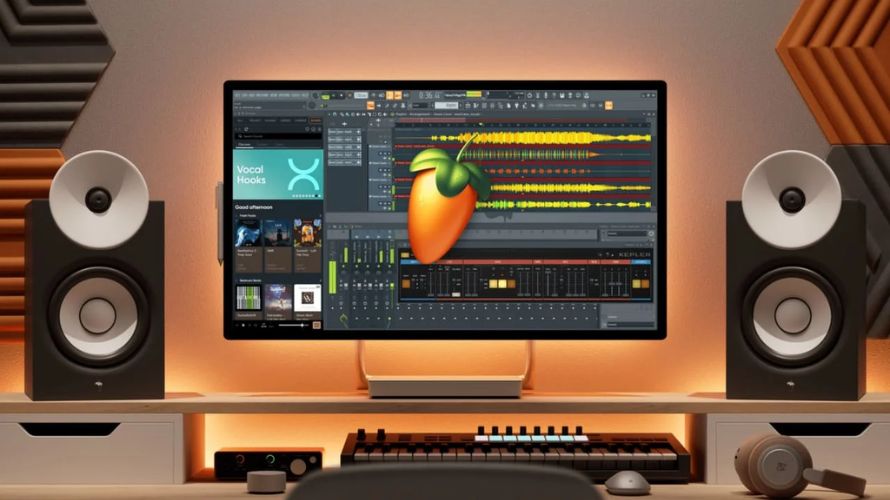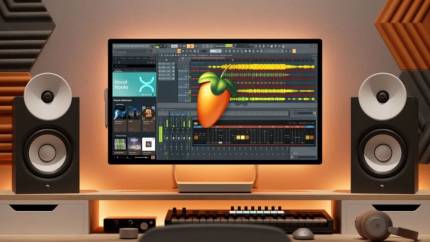FL Studio Saving and Exporting: Sharing Your Music
- 31 January 2025

Saving and exporting your music in FL Studio is an essential step in the music production process. After you’ve worked hard on your project, you’ll want to share it with the world. Whether you’re using FL Studio on PC, FL Studio on Mac, or the free FL Studio version, the process of saving and exporting your track remains the same. In this article, we’ll explore how to save and export your projects in FL Studio so you can easily share them with others.
Saving Projects in FL Studio
Saving your project in FL Studio is simple. Once you’ve downloaded FL Studio, you can save your project file by clicking on "File" and selecting "Save As." This will allow you to choose a location on your computer or cloud storage where you can store your project. It’s important to save your project regularly to avoid losing any progress. After saving, you can always reopen the project file and continue working on it later, even if you’re using FL Studio free version or FL Studio on Chromebook for free.
- Save your project regularly to avoid losing work
- Choose a location for your project files
- Use the "Save As" feature to create multiple versions of your project
Exporting Your Track in FL Studio
Once your project is finished, it’s time to export it so others can hear it. FL Studio allows you to export your track in various formats, such as MP3, WAV, or FLAC. To export, click on "File" and select "Export." You can choose the file format and set parameters like sample rate and bit depth. Whether you’re using FL Studio for free or the full version, the export process is quick and straightforward. Exporting your track in the right format is crucial if you plan to share it online or distribute it through music platforms.
Advanced Export Settings in FL Studio
For advanced users, FL Studio offers additional export settings to ensure your track sounds professional when shared. You can adjust the bit depth, sample rate, and whether or not to apply effects like normalization during the export process. If you’re exporting to MP3, you can choose the quality level of the audio file. These settings help you ensure that your track maintains its quality while keeping file sizes manageable. If you’ve installed FL Studio on Windows, Mac, or mobile, these export settings will remain consistent.
Conclusion
Saving and exporting your music in FL Studio is a simple process that allows you to share your creations with others. Whether you’re using FL Studio free version, FL Studio for PC, or FL Studio on Mac, the export options remain user-friendly and versatile. Take the time to explore different export formats and settings to ensure your music sounds professional and ready for release.

